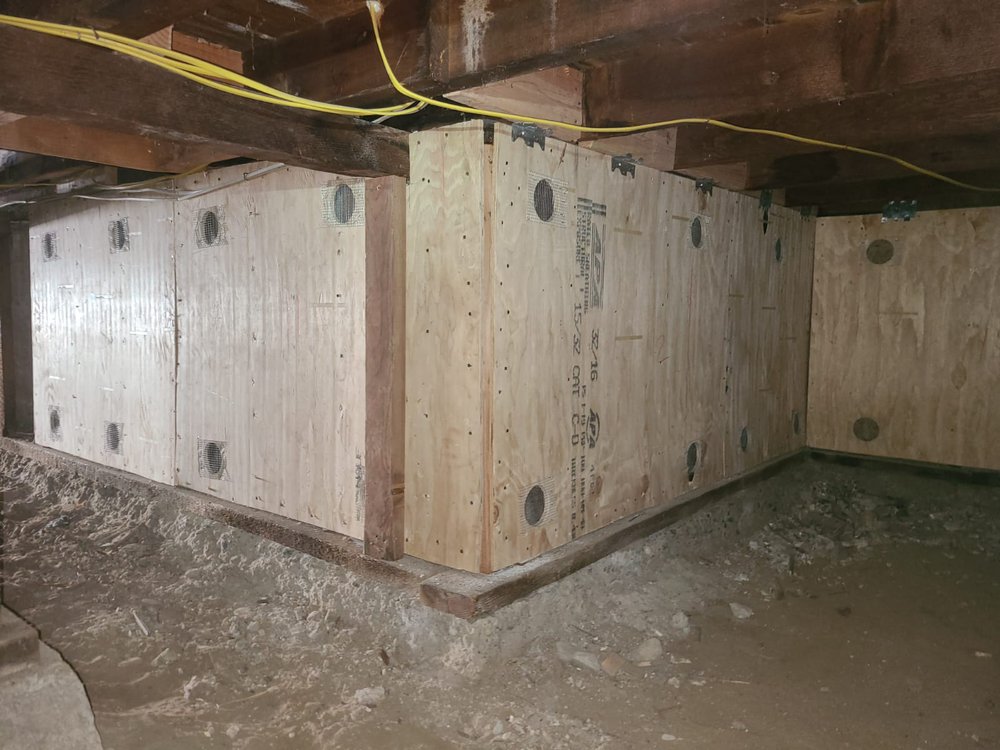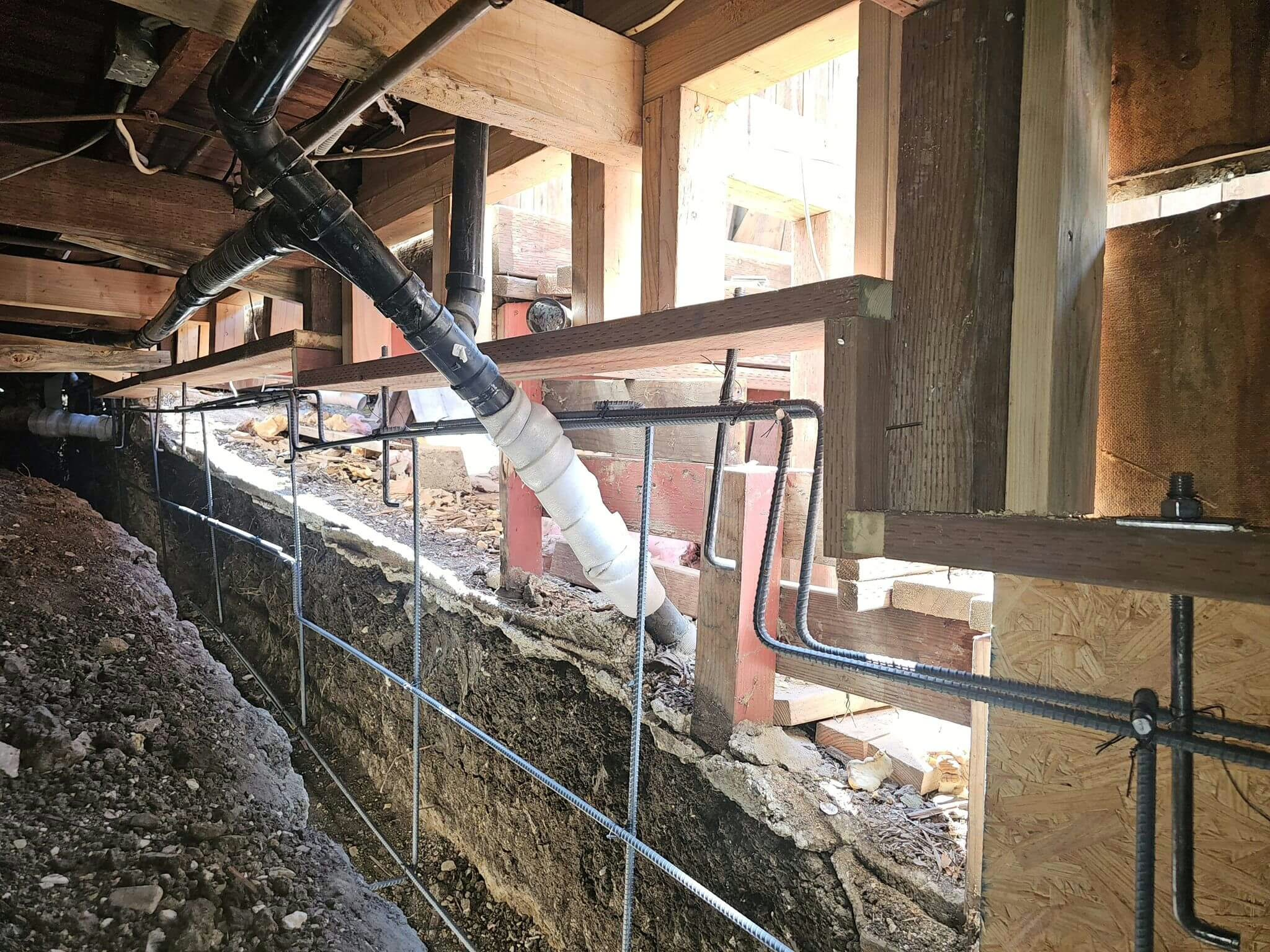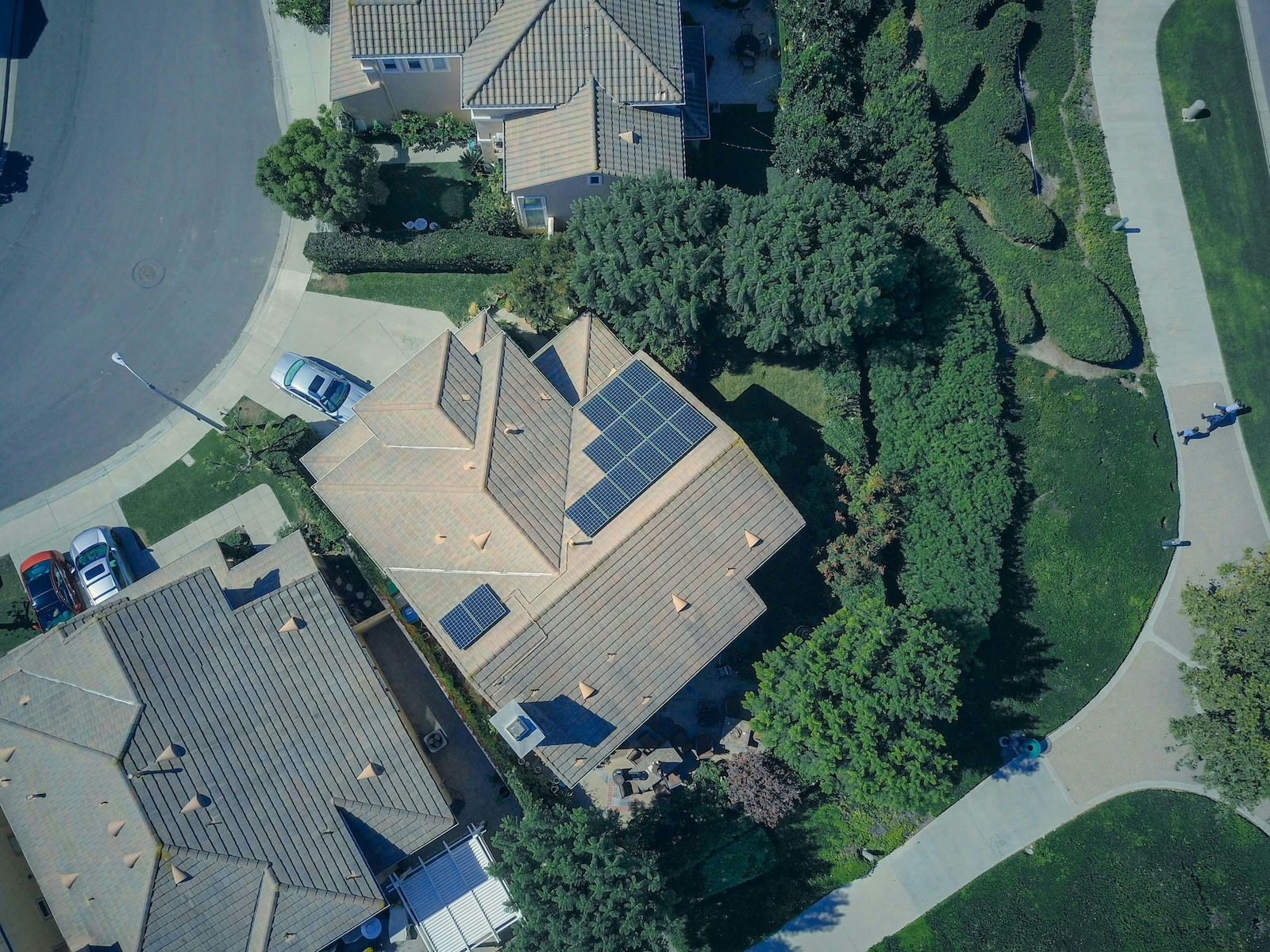Ensuring your home is prepared for an earthquake involves more than just Earthquake emergency kits and evacuation plans. A critical component of earthquake preparedness is the earthquake retrofitting process. This comprehensive guide will walk you through the seismic retrofit steps necessary to enhance your home’s resilience against earthquakes, providing peace of mind and improved safety for you and your loved ones.
Step 1: Initial Assessment and Planning
The first step in the earthquake retrofitting process is a thorough assessment of your home by a qualified structural engineer. This assessment identifies the building’s vulnerabilities and determines which seismic retrofit steps are needed to strengthen it. During this phase, the engineer will:
- Evaluate the foundation, framing, and overall structural integrity.
- Identify areas that require reinforcement, such as cripple walls, floor joists, and foundations.
- Develop a detailed retrofitting plan tailored to your home’s specific needs.
Step 2: Obtaining Permits and Preparing the Site
Before any home retrofitting work begins, it is crucial to obtain the necessary permits from your local building authority. This ensures that all retrofitting activities comply with current building codes and regulations. Once permits are secured, the next steps involve:
- Clearing the work area to provide easy access to the foundation and other critical areas.
- Ensuring all utilities, such as gas and electricity, are safely managed to prevent accidents during the retrofitting process.
Step 3: Foundation Bolting
One of the primary earthquake safety measures is securing your home to its foundation. Foundation bolting involves:
- Installing anchor bolts that connect the wooden frame of your house to the concrete foundation.
- Using metal plates or brackets to reinforce the connection, ensuring the building remains anchored during an earthquake.
Step 4: Cripple Wall Bracing
Cripple walls are short walls located between the foundation and the first floor of a home. Bracing these walls is a critical seismic retrofit step:
- Plywood or oriented strand board (OSB) panels are installed on the interior of the cripple walls.
- This bracing prevents the walls from collapsing during seismic activity, thereby stabilizing the structure.
Step 5: Installing Shear Walls
Shear walls are essential for resisting lateral forces caused by earthquakes. The installation process includes:
- Adding plywood or OSB panels to certain walls, transforming them into shear walls.
- Using special nails and construction techniques to ensure the panels are securely attached to the framing.
Step 6: Reinforcing Chimneys and Masonry
Chimneys and masonry can be particularly vulnerable during an earthquake. Reinforcement involves:
- Securing chimneys with metal straps and brackets to prevent collapse.
- Applying reinforcing materials to masonry walls to enhance their strength and stability.
Step 7: Retrofitting Post-and-Beam Connections
Post-and-beam connections can be weak points in a home’s structure. Strengthening these connections includes:
- Adding metal connectors and brackets to reinforce joints between posts and beams.
- Ensuring that all connections are tight and secure to maintain the building’s integrity during seismic activity.
Step 8: Final Inspection and Quality Assurance
After completing the earthquake retrofitting process, a final inspection is necessary to ensure all work meets safety standards and building codes. The inspection involves:
- A thorough review by a building inspector or structural engineer.
- Verifying that all seismic retrofit steps were executed correctly and that the home is now significantly more resistant to earthquakes.
Conclusion
The earthquake retrofitting process is a comprehensive approach to safeguarding your home against seismic activity. By following these seismic retrofit steps and implementing essential earthquake safety measures, you can enhance your home’s resilience and protect your family. If you’re considering home retrofitting, check out our earthquake retrofitting services or contact Golden Retrofit & Foundation Repair for expert guidance and support. Ensuring your home’s safety is our top priority, and we are here to help you every step of the way.
Other Related Topics:




